- Signed a commercial contract for the three bridges project in Manila, Philippines, financed by the Chinese government
- As a key project for Philippine urban transportation, the project will greatly alleviate the Philippine traffic congestion and help the Philippine economy
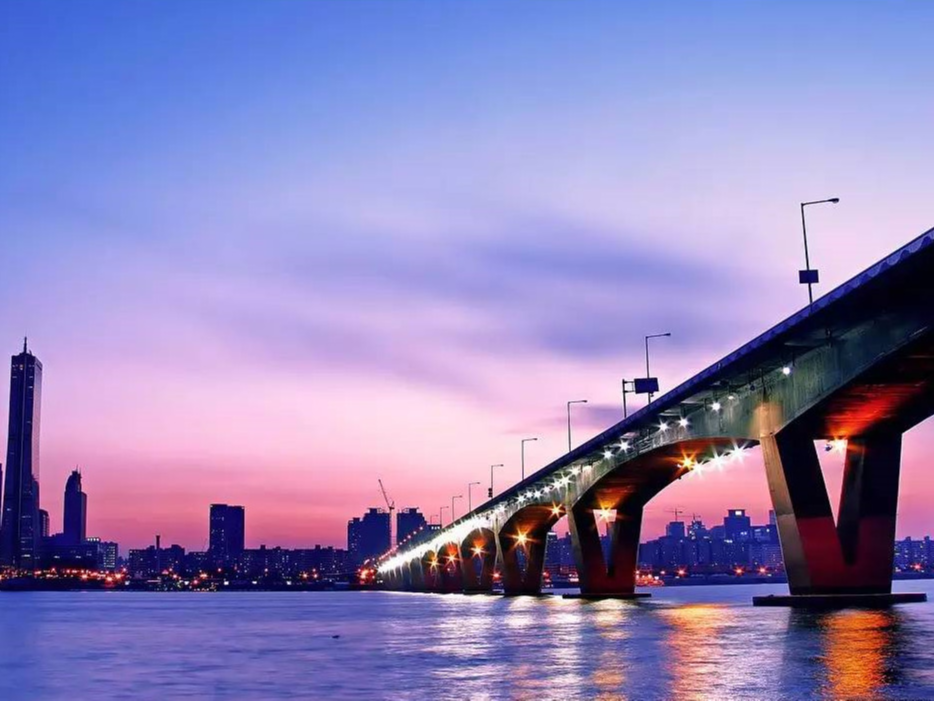
China and the Philippines are separated by a strip of water and face each other across the sea, and their traditional friendship has a long history. On December 21, 2020 local time, the Manila Three Bridges project, which is planned to be financed by the Chinese government and with a total investment of approximately US$240 million, has completed all business procedures. Two Chinese companies have signed business contracts with the Philippine Ministry of Public Works.
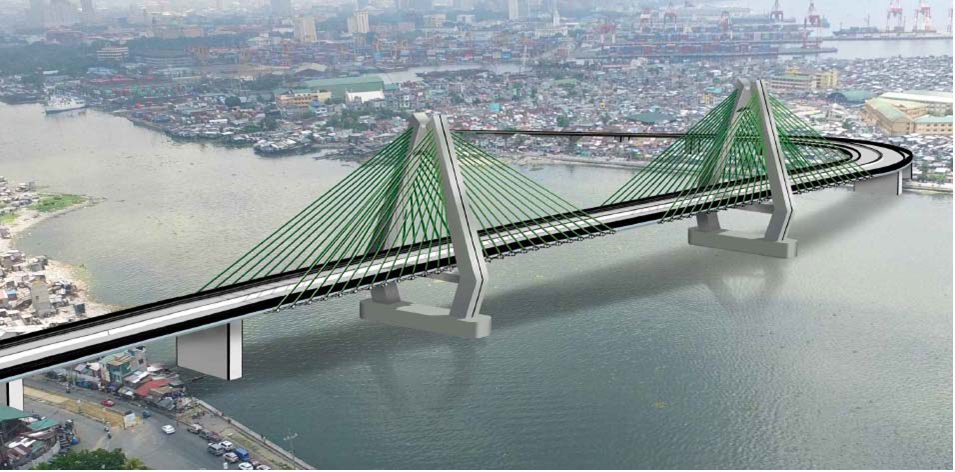
According to reports, the three new bridge projects in Manila, which have signed a new business contract, and the Binondo-Intramuros Bridge and Estherela-Pantarien Bridge that the Chinese government is currently assisting in the construction Part of the 12 priority bridge projects planned for the Pasig River, Marikina River and Manjahan Floodway Basin, it is also a key project in Metro Manila’s regional road network planning, which will improve traffic congestion in Metro Manila. The efficiency of public travel is of great significance.
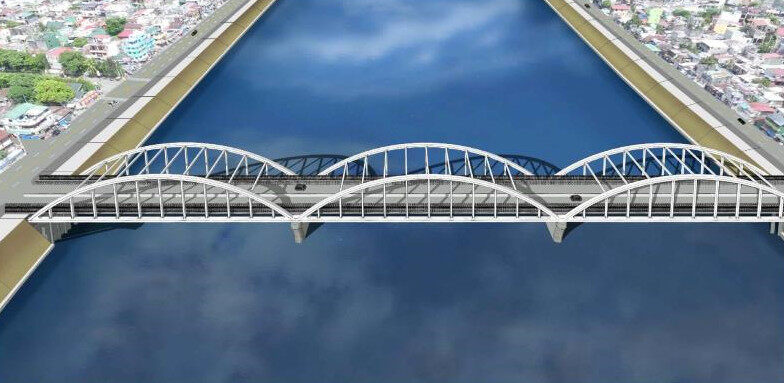
The three bridge projects include the North-South Port Bridge, the East-West Bank Bridge (No. 2) and the Palanka-Vegas Bridge. Among them, the Nanbei Port Bridge is located at the estuary of the Pasig River in Manila. It is initially designed as a two-way four-lane, with a total length of about 799 meters and a main bridge of about 300 meters. The overall construction period is about 40 months. After completion, the daily average traffic flow along the line can be 5800 The East-West Bank Bridge (No. 2) is located in the Mangahan spillway basin at the junction of Pasig City and Kaynta City. The preliminary design is a two-way four-lane road with a total length of about 933 meters and a main bridge of about 258 meters. The overall construction period It’s 36 months, and the average daily traffic flow along the route will be 18,000 vehicles after completion. The Palanca-Vegas Bridge is located in the Pasig River Basin in Manila. It is initially designed as a two-way two-lane, with a total length of about 225 meters and a main bridge of about 100. Meters, the overall construction period is about 26 months. After completion, the average daily traffic flow along the line can be divided into 2,900 vehicles.
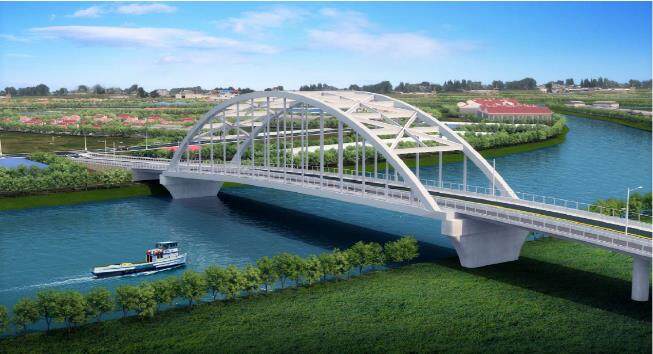
Currently, China and the Philippines are negotiating on the project loan agreement, and the project is expected to begin implementation in the first half of 2021.
China’s “Belt and Road Initiative” linking up with the Philippines’ “big construction, special construction” can be said to be in line with the trend. With the Philippines’ heavy investment in infrastructure, tourism, and international cooperation, the future investment market has huge potential. Editor/Sang Xiaomei
Comment
 Praise
Praise
 Collect
Collect
 Comment
Comment
 Search
Search


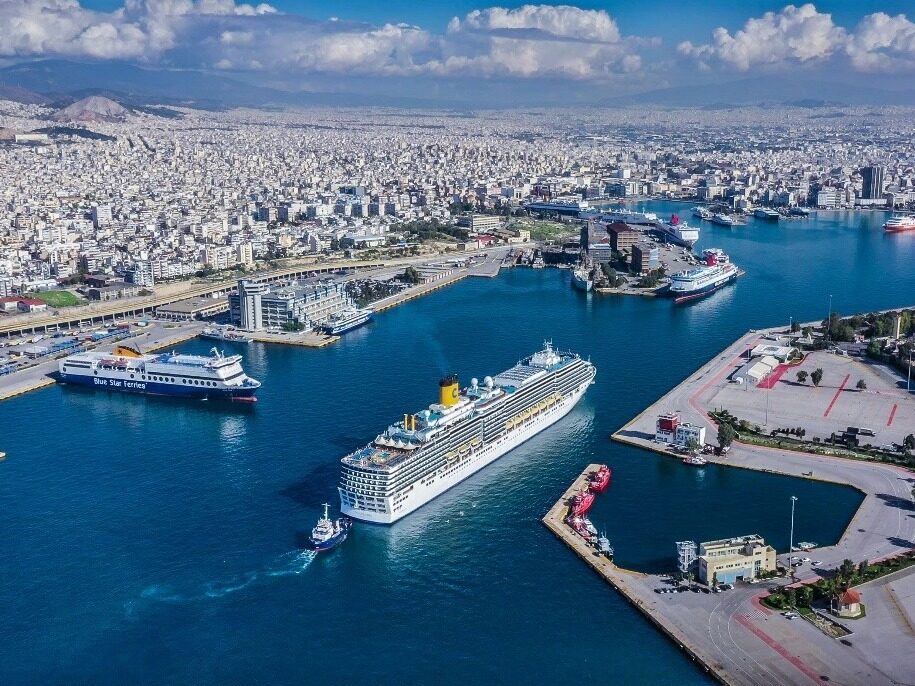

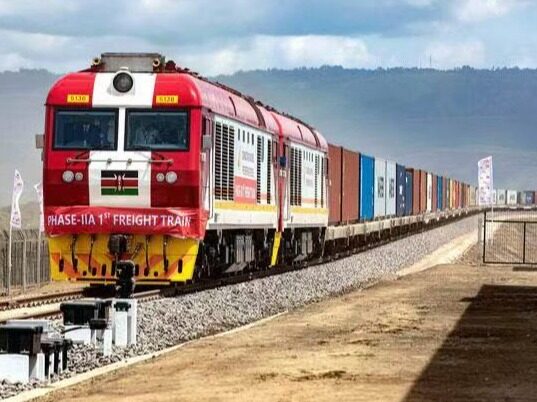
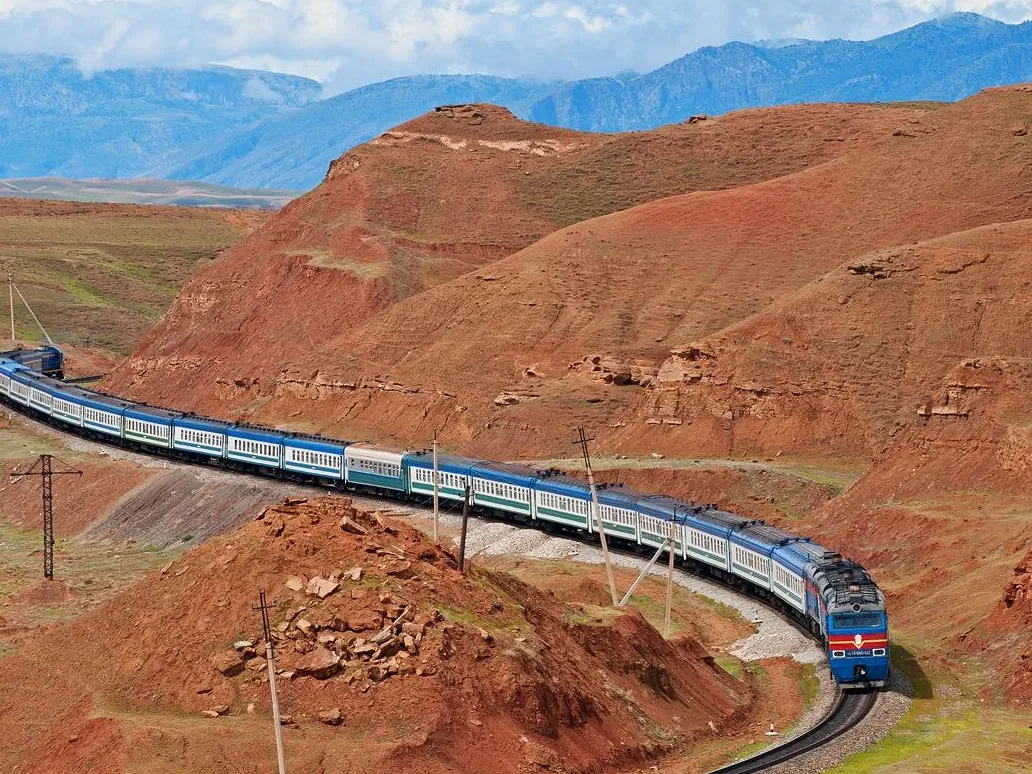

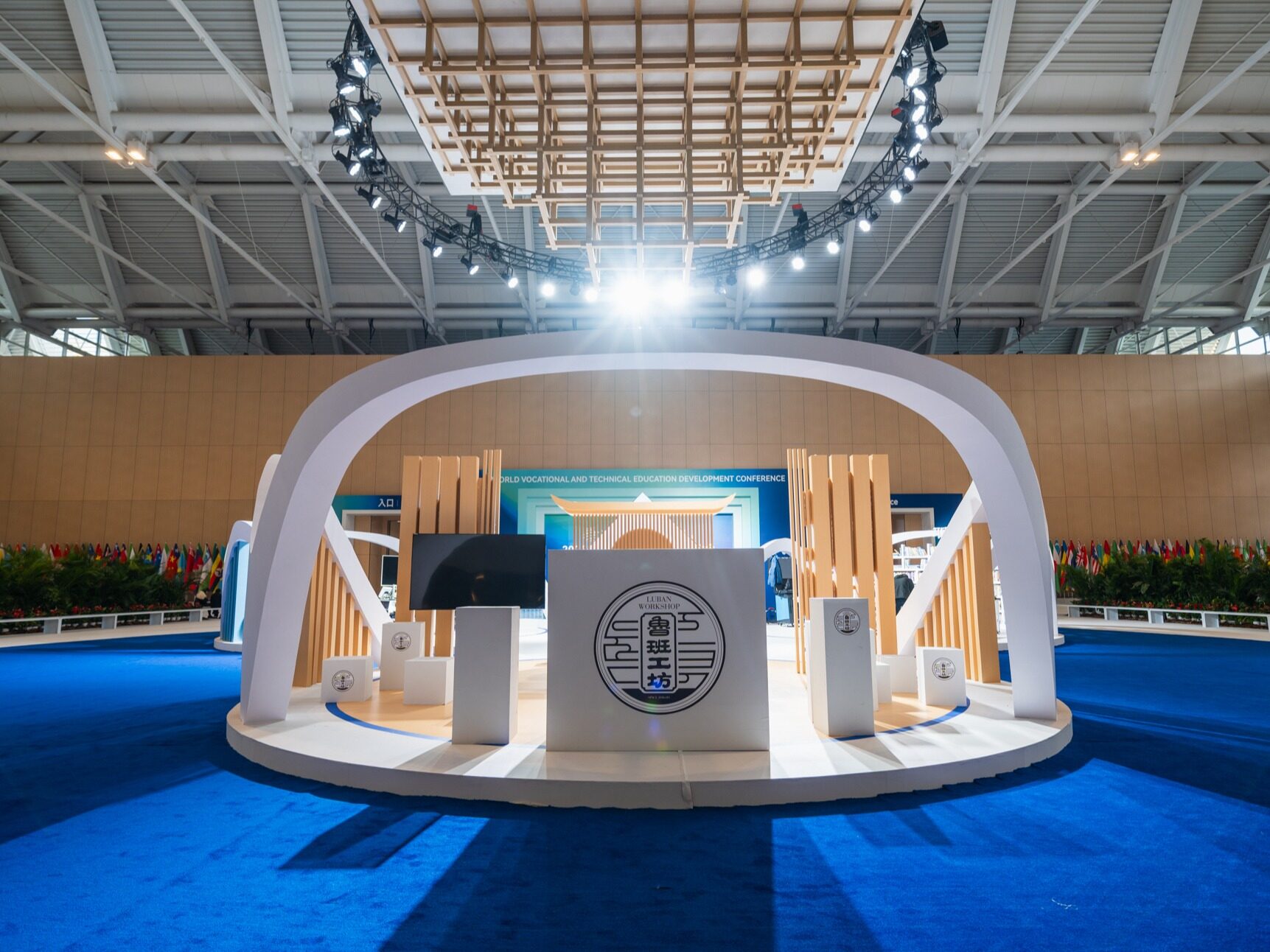






Write something~